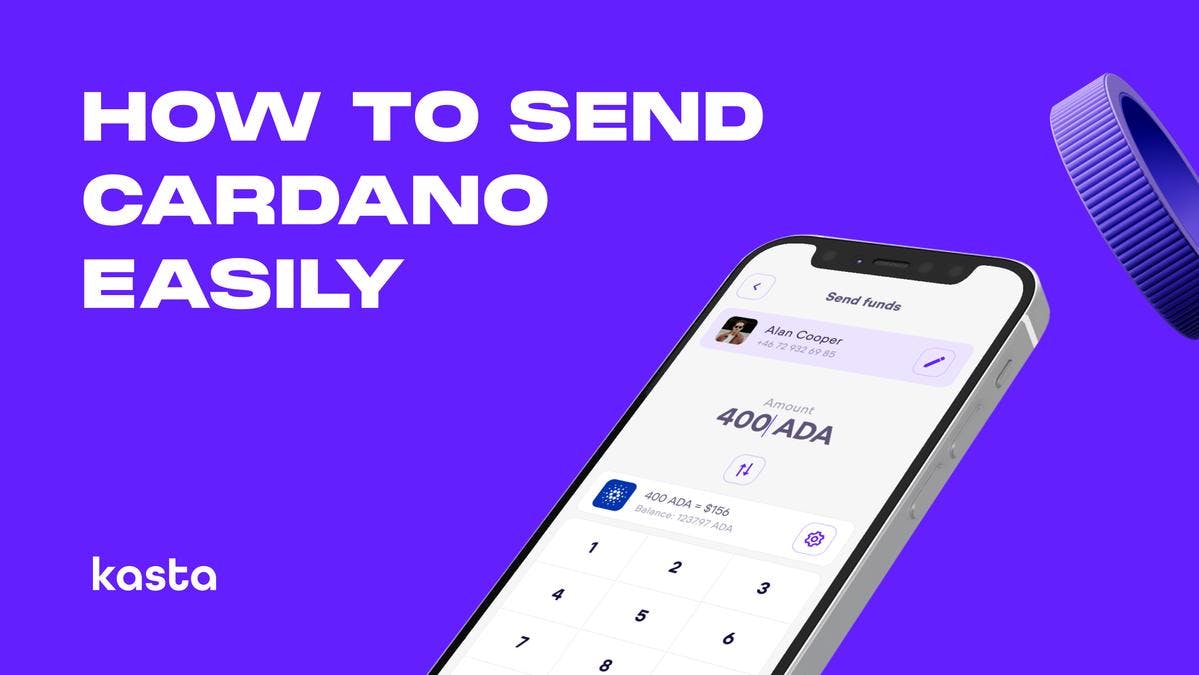People use cryptocurrencies for various reasons, and one of those is the earning opportunities in staking and locking up tokens. Also, you’ve read it right. We used the conjuction “and” because staking and locking up are two different things.
To shed more light on this, we’ll discuss what is token lockup, what sets it apart from staking, and how you can actually lock up KASTA tokens in Ka.app to earn yields and activate discounted service fees.
What Does Token Lockup Mean?
A token lockup refers to a period of time when cryptocurrencies are locked in a certain platform. During the lockup period, you won’t be able to use your tokens for trading, crypto payments, crypto conversions, deposits, or withdrawals. Their movement is limited according to predetermined rules or smart contracts.
Token lockups are a mechanism often implemented by blockchain projects to ensure stability, prevent price manipulation, and/or incentivise long-term participation among users.
Staking vs. Locking Up: What Sets Them Apart?
Both staking and locking up tokens involve keeping your tokens in your crypto wallet without transferring or selling them and earning rewards in the form of additional cryptocurrency. However, staking may allow you to unlock tokens anytime, unlike token lockups which may require you to complete a certain lockup period.
Staking and locking up are also different in purpose and requirements. Staking is primarily done to validate transactions and secure the network. It involves actively participating in the network's consensus algorithm, such as proof-of-stake, by staking and confirming blocks.
On the other hand, locking up tokens simply require users to hold the tokens for a specific period, without any active involvement in network activities. It prevents users from selling their tokens, especially in cases where stability and long-term commitment are desired.
How to Lock Up Tokens
The process of locking up tokens isn’t the same for all platforms. On Ka.app, you can lock up KASTA tokens and enter tiers that offer different annual percentage yields (APYs) and service fee discounts.Here’s a step-by-step guide:
- Log in on your Ka.app account.
- Go to the home screen and click 'Tiers.'
- You will see different tiers. Click the tier you want to enter. For instance, Tier VII. This tier offers the highest possible APY and best transaction rates.
- Enter the number of tokens you want to lock up.
- Continue by agreeing to the terms and conditions.
- Enter your passcode to enter Tier VII.
Final Thoughts
Knowing what is token lockup is essential in navigating your crypto journey with ease. Token lockups play a vital role in shaping the dynamics of the crypto market, helping promote investor confidence and fostering a stronger connection between token holders and the projects they support.
FAQ
How long are the lockup periods?
Lockup periods may be different for each platform. On Ka.app, you’re required to lock up tokens for six months to get the APY.
What is the difference between vesting and lockup?
Vesting and lockup are both mechanisms used in the crypto space to regulate the release or transfer of tokens, but they differ in their purpose and implementation.
Vesting is a gradual release of tokens over a specified period, while lockup refers to a fixed period during which tokens are restricted from being sold, transferred, or utilised in any way.
Vesting is commonly used to align incentives and reward long-term commitment, whereas lockup is primarily employed to regulate token supply and market dynamics.
What happens when the tokens get unlocked?
In Ka.app, your tokens will automatically get unlocked after the six-month lockup period, and you’ll also get your earnings. Since the lockup period is over, you can already use your tokens for transfers, peer-to-peer (P2P) crypto payments, and conversions. You may also lock your tokens up again.








